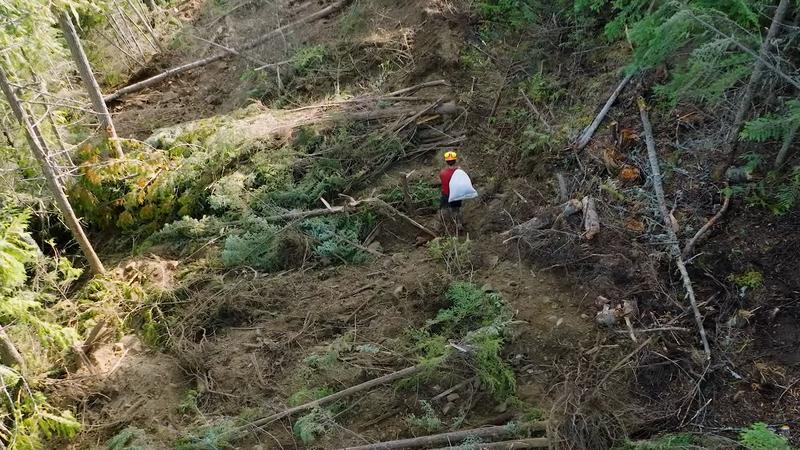
Wildfire suppression rehabilitation: A year round effort and each fire has it’s own individual plan
PRINCE GEORGE — Wildfire suppression operations can cause an impact to the land through the use of heavy equipment and crews. However, wildfire suppression rehabilitation can start as soon as damage from fire suppression activities happen.
Kyle Miller, with the BC Wildfire Service, says that “rehabilitation begins during the wildfire event.” During wildfire suppression, there are “best management practices” that wildfire crews introduce when building fire guards to minimize negative impacts.
Fire guards are a critical tool in suppression efforts, but Miller says that fire guards can have negative impacts on the land including “disrupting natural drainage patterns such as going through stream crossings and impacting streams.” Miller mentioned that since 2017, the BC Wildfire Service has constructed “over 20,000 kilometers of fire guards and access trails in the province.” To put that into context, the distance from Prince George to St. John’s NFLD, is 6,439.5 kilometers.
